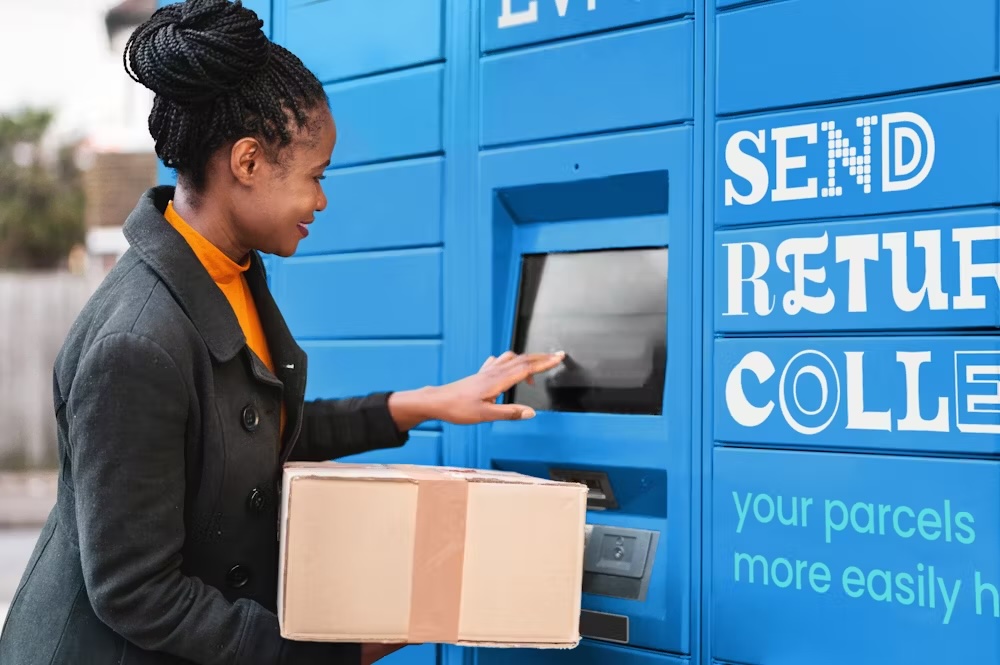How do retailers operating in different territories in Europe compare on key performance indicators? We look at the numbers to find out
Much is made in ecommerce circles over which European markets are the most developed. As a rule of thumb, the UK is said to be full of customers and companies that are early adopters for new techniques, whether these revolve around using social media channels or offering different delivery options, while markets such as Germany and France follow close behind.
Is this true? For any company expanding abroad, this is actually a genuinely important question. Enact a strategy based on perception of the market rather than reality, and retailers can quickly become unstuck.
This is one of the key reasons for our ongoing research in the IREU Strategy & Innovation Dimension focusing in part of looking at what’s happening in different territories. Our aim is to cut through received wisdom to look at what the numbers actually say about retail performance across a variety of key metrics around, for example, delivery and collection options, the number of currencies offered and website performance.
Taken overall, these figures suggest often unexpected nuances in country-by-country performance. Over the coming months, we will refine our research in order to offer further insights. Here, we summarise our results to date.
Delivery and collection
The UK is sometimes perceived to be far ahead of other territories in offering flexibility to customers over how they get hold of purchases. Our research backs up this idea to some extent, but with a major caveat. While UK retailers in the IREU Top500 are top performers in delivery and collection, other territories perform strongly.
To begin with companies offering collections, it’s actually retailers trading in Belgium that performed strongest here, with 64% of retailers offering the service, as compared to 63% for the UK. Retailers trading in the Netherlands (61%), Norway (60%), Germany and Austria (both 56%)
also performed strongly.
In contrast, next-day delivery is far more established in the UK, offered by 59% of Top500 retailers operating in the territory. The next best-performing territory is the Czech Republic, where the equivalent figure is just 25%. With nominated-day delivery, this is a service offered by 22% of Top500 retailers trading in the UK. In Hungary, which lies second in the list, the equivalent figure is 17%. These figures are interesting because they not only show the UK market as ahead of other territories, but because other ‘developed’ markets sit in a group of territories that also includes ‘undeveloped’ markets: while 22% of retailers in France offer next-day delivery; the equivalent figure for nominated-day deliveries is just 1%, the same as Bulgaria.
The UK market also leads the way in nominated-time deliveries, the number of delivery options offered, Saturday deliveries and Sunday deliveries. Clearly, retailers thinking of launching in the UK need to look hard at operations and logistics to ensure they can meet customer expectations. In passing, the UK market is less competitive over returns where Ireland (in offering returns to store) and Spain (length of time it takes to process refunds) lead the way.
Localisation
Offering a variety of different languages so that consumers can use the languages that suit them best is a key indicator of localisation. Here, size is definitely an advantage as it takes resources to support these different offerings. Companies such as Ikea, Amazon and Apple perform strongly, reflecting their status as multinationals. However, we do see a certain amount of region localisation occurring (delivery options, cost, currency) where the language used is English, the point being that it’s cheaper to offer local options in English, an ‘international’ language, than, say, Lithuanian.
Website performance
Here, the idea of the UK market being far more developed than other European territories simply doesn’t apply. To look at a number of different metrics in turn: the easiest websites to browse are built for the Irish, Greek and Romanian markets. The Czech Republic, Finland and Austria are the places to go for those who don’t want to be confronted with a ‘no results’ page following an unsuccessful search.
When it comes to product images, Top500 retailers operating in Romania, Slovakia and Denmark offer the largest number. Retailers operating in Greece, Germany and Austria offer ‘save to’ lists most often. In terms of returning relevant search results, retailers operating in Denmark perform strongest. Retailers operating in Italy and Austria also perform strongly here.
How do we explain the difference between these findings and those for deliveries? One answer may be around the cost of digital technologies. As these become ever cheaper, it’s easier for retailers operating in smaller territories to make website improvements as a way to differentiate themselves from competitors, so they focus resources here.
Mobile
We were genuinely surprised by our findings around mobile. A widespread perception in the industry is that UK retailers perform appreciably more strongly in mobile than many European territories. If that’s true, perhaps mobile internet offerings are more of a priority for UK retailers than apps. Top500 retailers operating in Ireland, Italy and Poland are most likely to offer an Android app; for iOS, retailers performing in Italy, Spain and Germany perform strongest.




